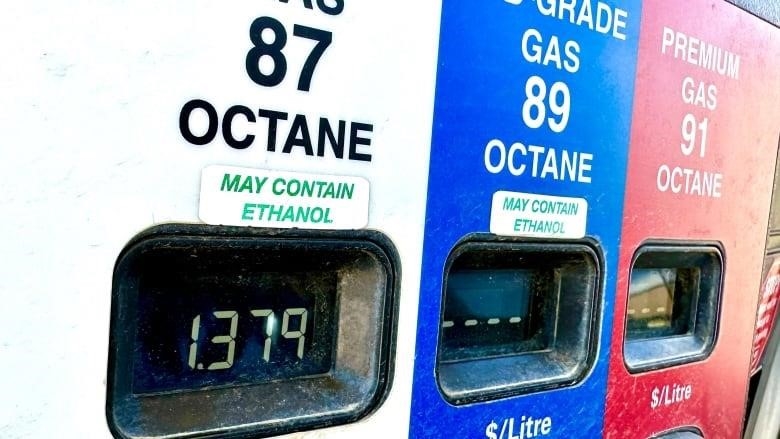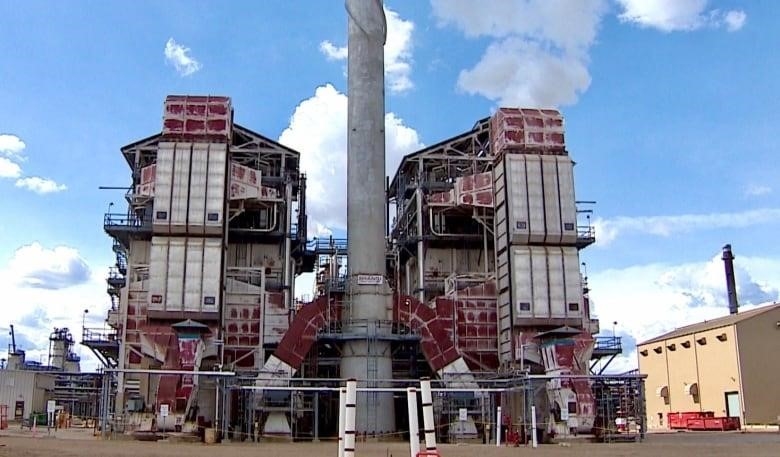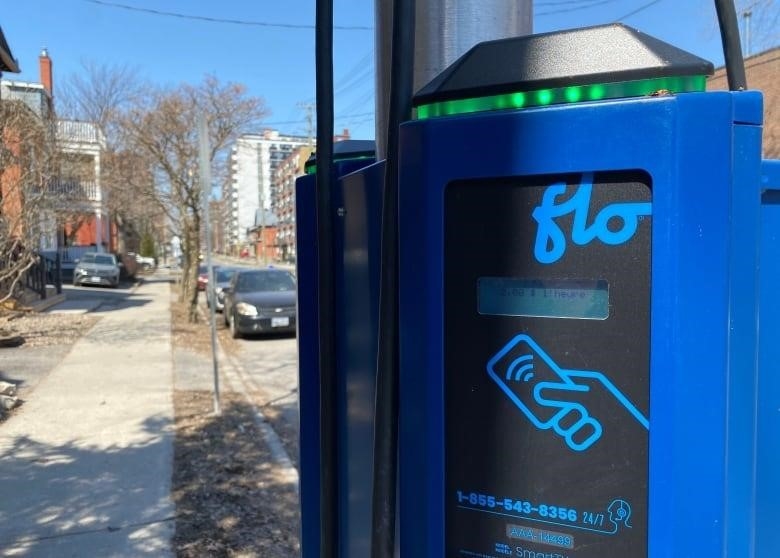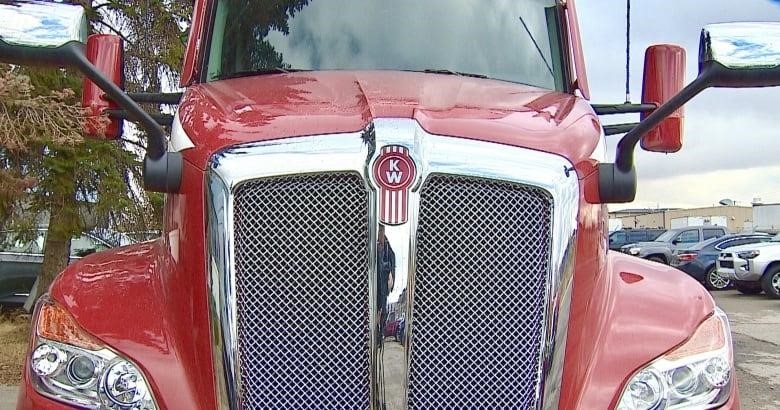
The policy won’t have “real bite” until about 2025, when gas prices are expected to go up
When July comes around, a long-awaited federal policy will go into effect. It will try to cut pollution from cars and trucks while keeping gas prices low.
The clean fuel regulations were first suggested in 2016, but they have been delayed and changed several times since then.
Even though the new policy is being opposed by politicians, it has support from a number of environmental groups. Industry likes it, too.
“I want to reassure Canadians that it is a good policy, a good regulation, and that it will lead to significant [emission] reductions,” said Bob Larocque, president and CEO of the Canadian Fuels Association, which represents companies that process crude oil and bring products to market.
Experts say that gas prices at pumps across the country won’t change much on July 1, but they will go up in a big way a few years from now.
That’s on top of the provincial and federal taxes on gas that are already in place, which are likely to encourage more drivers to switch to electric cars.
How refineries and the fuel industry decide to comply with the rules will have a big effect on prices, which experts say is still a big unknown.
Industry on boar
The clean fuel standard goes into effect on Canada Day, but the rules aren’t too hard for refiners and fuel importers to follow.
When you add in the fact that many provinces already have clean fuel or fuel-blending rules, experts don’t think pump prices will change right away.

Michael Wolinetz, a partner at Vancouver-based Navius Research, which offers consulting services on energy and the environment, said, “The policy is off to a pretty easy start because what it asks for is even less than what other policies already ask for.”
“We don’t think the policy will really make a difference until about 2025.”
Industry likes the policy because the federal government doesn’t require a certain way to cut pollution from the transportation sector. Instead, it’s mostly up to each company to decide how it wants to comply.
Companies have to meet carbon emission reduction goals every year. They can earn credits by making improvements to production facilities (like building a carbon capture and storage facility at a refinery), reducing the amount of carbon in the fuel (by adding more ethanol, for example), and letting people charge their electric cars and fill up their hydrogen cars.
There is also a credit trading system that lets companies spend money to make sure they follow the rules.
Experts say that adding more ethanol to gasoline and diesel, which is already being done in small amounts, will be the most common way for industry to comply.
Pain at the pump
As the clean fuel requirements get stricter, prices at the pump will go up because fuel companies will have to pay more for things like buying more biofuels.
The Parliamentary Budget Office says that prices will go up by 17 cents per litre by 2030, but it warns that this is the most that can happen. Experts agree that this estimate is probably the most that prices will go up or down.
“There’s a 0% chance it would be worse than what the Parliamentary Budget Office says,” said Wolinetz, who predicts a cost impact of less than 10 cents per liter by 2030.

Environment and Climate Change Canada predicts that the price of gasoline at the pump will go up by six to thirteen cents per litre by 2030. That’s on top of the 37 cents the carbon tax could add to a liter of gasoline by 2030, as well as all the other federal, provincial, and some municipal taxes on gasoline and diesel.
Also, you have to think about how oil prices change and how much it costs to make and ship fuel. When you add it all up, experts say that the pain at the pump could lead to a big increase in the sales of electric vehicles over the next ten years.
“No one will really notice anything on July 1. But every year, as that goal gets closer and closer, the cost curve starts to get pretty steep,” said Ross McKitrick, an economics professor at the University of Guelph in Ontario who co-wrote a study modeling the economic effects of the clean fuel regulations.
He said that Ottawa doesn’t mind if gas prices go up in the future because “they just want to try to get people to switch to electric vehicles.”
Increases in tailpipe emission
Since emissions from the transportation sector have gone up by 16% since 2005, it makes sense that the federal government wants to reduce the amount of carbon in fuels.
Overall, tailpipe emissions from all of Canada’s cars, trucks, SUVs, and freight vehicles make it harder for the country to meet its climate goals.
The transportation sector is the second largest source of emissions in the country, after the oil and gas sector. About 25% of all emissions come from the transportation sector.

Michelle Coates-Mather, executive director of the Canadian Transportation Alliance, a non-profit think tank that studies the future of road transportation, said, “This is the kind of policy we need to be putting in place if we want to reach our emissions reduction goals.”
According to a study released by the organization in February, Canada’s use of biofuels is far below the global average.
Increased demand for biofuel
Since so much canola and soy is grown in Canada, it seems like a natural step to make more ethanol there. But the country already has to rely on imports to meet federal and provincial needs.
“We will bring things in. We’ve been getting ethanol from the U.S. for a long time, so this isn’t new,” said Ian Thomson, the head of an industry group in Canada called Advanced Biofuels Canada.
Still, Thomson said that the clean fuel regulations could change the biofuel industry in a big way because of the growing demand in the coming years.
“It’s changing how the business looks,” he said.
WATCH | Here’s why the federal government is making rules about clean fuel:
Canadian companies have mostly bought ethanol made from corn in the U.S. In the past, ethanol was brought in from as far away as Brazil, where sugar cane is used to make ethanol.
As the rules for clean fuels get stricter every year, more ethanol, biodiesel, and renewable diesel will be used.
Canada must increase the amount of biofuel it makes, or “We could get up to 15% of our fuel from the U.S. by 2030, which we don’t do now,” said Larocque of the Canadian Fuels Association.
Demand for ethanol could go through the roof, especially if more U.S. states pass their own clean fuel laws.
McKitrick from the University of Guelph said, “It is hard when all of a sudden everyone wants the same product at the same time.”
“Most of the risk here is that costs will be higher than expected, not lower than expected.”
